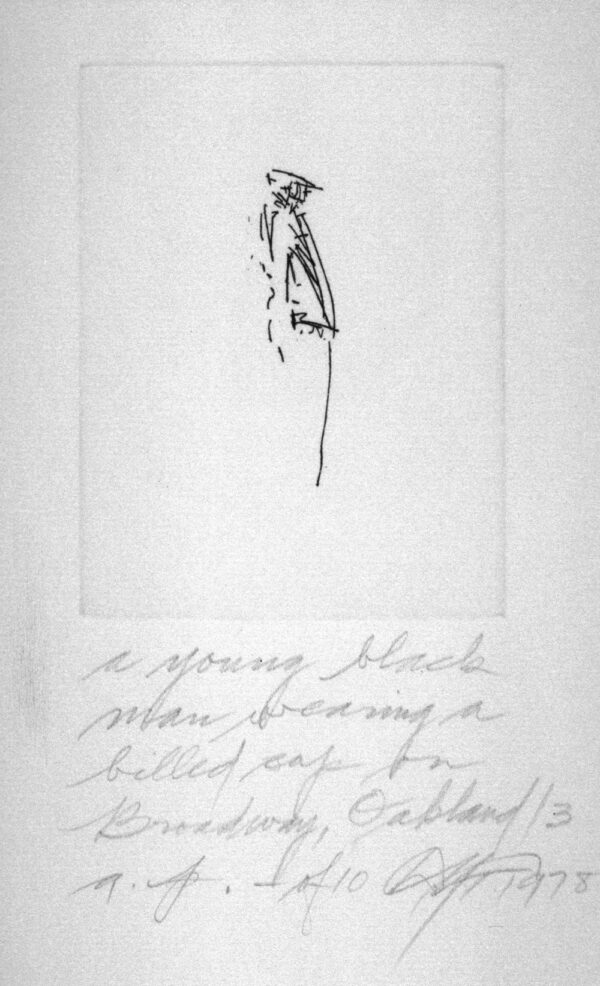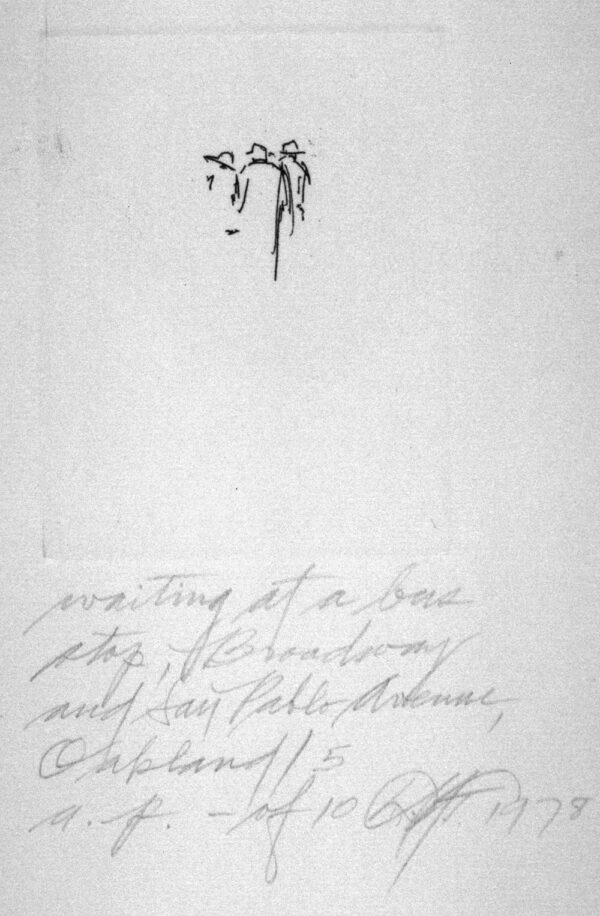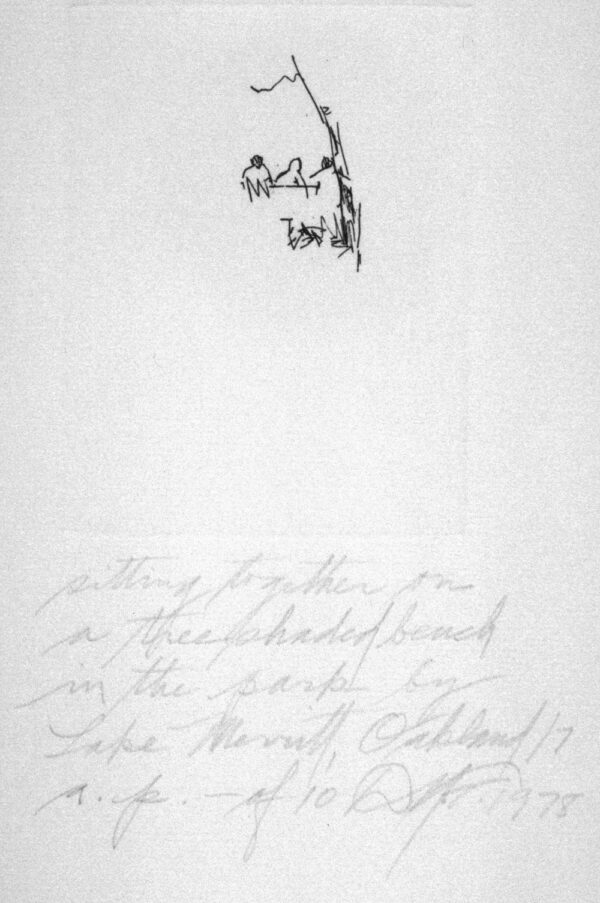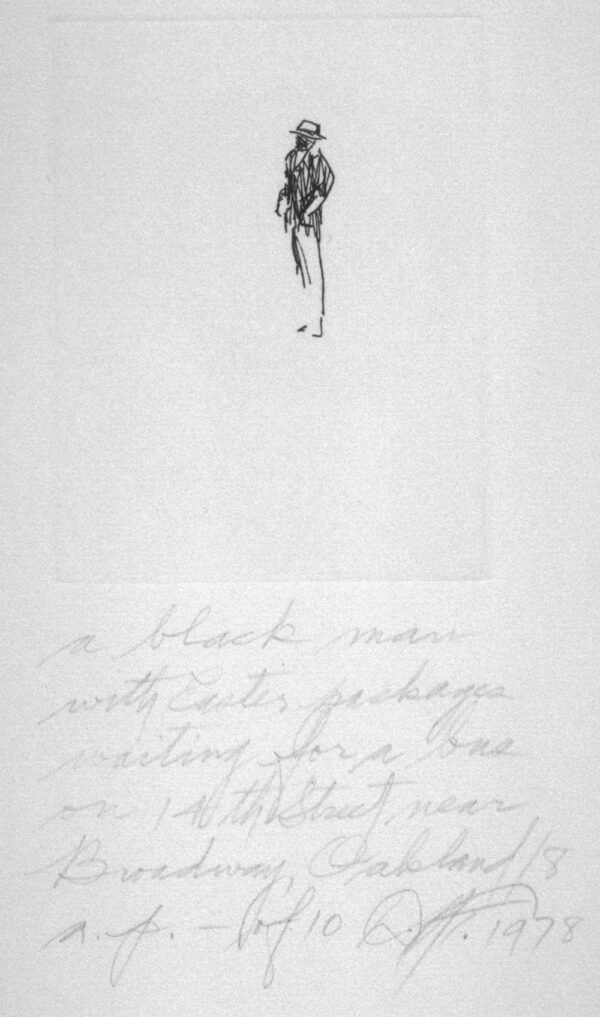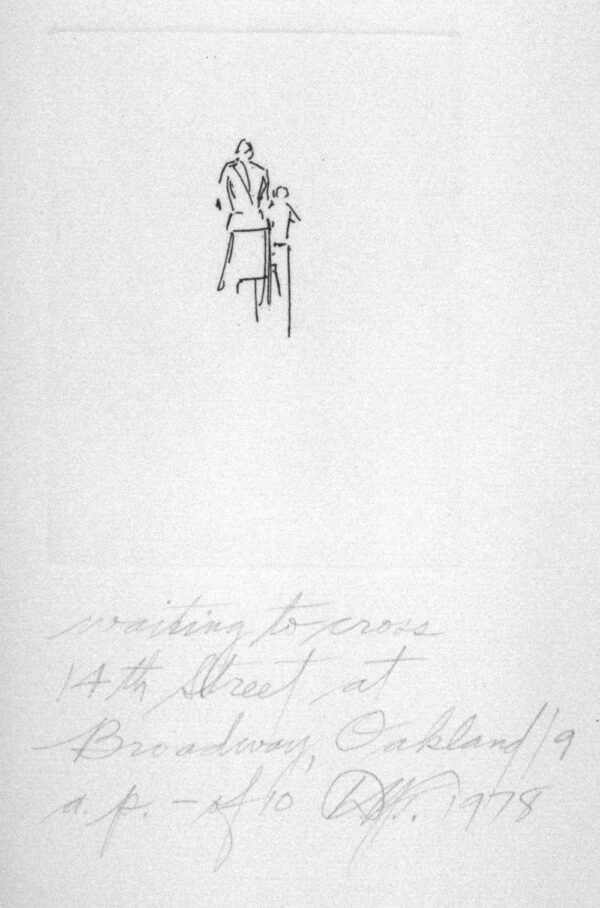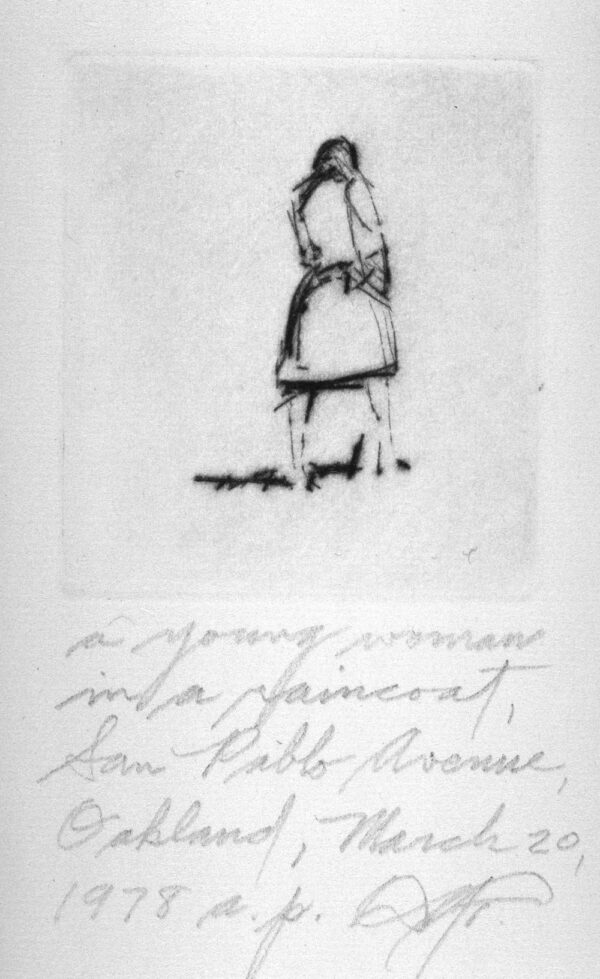Dan Flavin was a pioneer of minimalist art, best known for his fluorescent light tube installations. He was born in Queens, New York in 1933 and grew up in a devoutly Catholic household. He studied for the priesthood before enlisting in the United States Air Force during the Korean war. While stationed overseas, Flavin took art courses through the University of Maryland extension program. After returning to New York in 1956, he briefly attended the Hans Hofmann School of Fine Arts and studied art history at the New School for Social Research. In 1959, he took drawing and painting classes at Columbia University and worked various minor jobs at museums including the Guggenheim Museum, the Museum of Modern Art, and the American Museum of Natural History.
Flavin had his first solo show of watercolors and collages in 1961 at the Judson Gallery in New York. His early work consisted of paintings, assemblages, and mixed media collages that reflected an interest in Abstract Expressionism. He began to work with electric light for Icons, a series of eight colored box constructions made from various materials such as wood, Formica, or Masonite. The title Icons was an ironic allusion to his Catholic upbringing, which he continued to reference throughout his career. Flavin’s breakthrough with fluorescent light was his diagonal yellow tube installation titled May 25, 1963 (to Constantin Brancusi). Flavin declared the tube his “diagonal of personal ecstasy” and went on to describe that “the radiant tube and the shadow cast by its supporting pan seemed ironic enough to hold alone.”
The titles of Flavin’s work were often dedicated to artists who inspired him. Untitled (to Barnett Newman to commemorate his simple problem, red, yellow, and blue) is a direct reference to Barnett Newman’s painting Who’s Afraid of Red, Yellow and Blue I, a precursor to minimalism. “Monuments” for V. Tatlin was dedicated to the Russian constructivist Vladimir Tatlin, whose revolutionary iron tower sculpture was particularly inspiring to Flavin. The project was conceived and created between 1964 to 1990 and is comprised of fifty pyramidal light pieces. By 1963, he made fluorescent light his primary medium and limited himself to a specific set of colors (red, blue, green, pink, yellow, ultraviolet, and four different whites) and forms (straight two-, four-, six-, and eight-foot tubes, and beginning in 1972, circles). Flavin once said in a 1987 Art International magazine, “One might not think of light as a matter of fact, but I do. And it is, as I said, as plain and open and direct an art as you will ever find.”
In the 1970s and 1980s, Flavin worked on large installations that challenged the viewer’s access to a space. These works took on the form of “corridors” and “barriers”, which consisted of a series of parallel light tubes extending across hallways from wall to wall. Donald Judd described them as Flavin’s “interior articulation” of a space. A large green barrier piece, untitled (to you, Heiner, with admiration and affection), currently fills the mezzanine terrace of the National Gallery of Art. Flavin began a fruitful partnership with the Dia Art Foundation in the late ‘70s, resulting in numerous site-specific installations. Other major projects include the installations at the Chiesa di Santa Maria Annunziata in Milan, and the Chinati Foundation in Marfa, Texas; however, both were ultimately completed by his studio after his death in 1996.
Dan Flavin started suffering from symptoms of diabetes in the 1980s. Despite his ailing health, he designed an extensive light installation commissioned by the Guggenheim Museum in 1992. His project illuminated the entirety of the Frank Lloyd Wright-designed spiral rotunda. In 1996, Flavin became too weak to travel and was confined to working from his hospital bed. He was able to finish designs for the commission by the Chiesa Rossa in Milan a few days before his death. He died at the age of 63 due to complications from diabetes. He was represented for many years by Leo Castelli Gallery, and later by Pace Gallery. Major retrospectives of Flavin’s work have been organized by the National Gallery of Canada in Ottawa (1969), St. Louis Art Museum (1973), Kunsthalle Basel (1975), Museum of Contemporary Art in Los Angeles (1989), and the Guggenheim Museum in New York (1992). His works are held in the collections of the Art Institute of Chicago, the Dia: Beacon in New York, the Menil Collection in Houston, and the National Gallery of Art in Washington, D.C., among others. Dan Flavin’s estate is represented by David Zwirner, New York.
-Carleigh Koger


